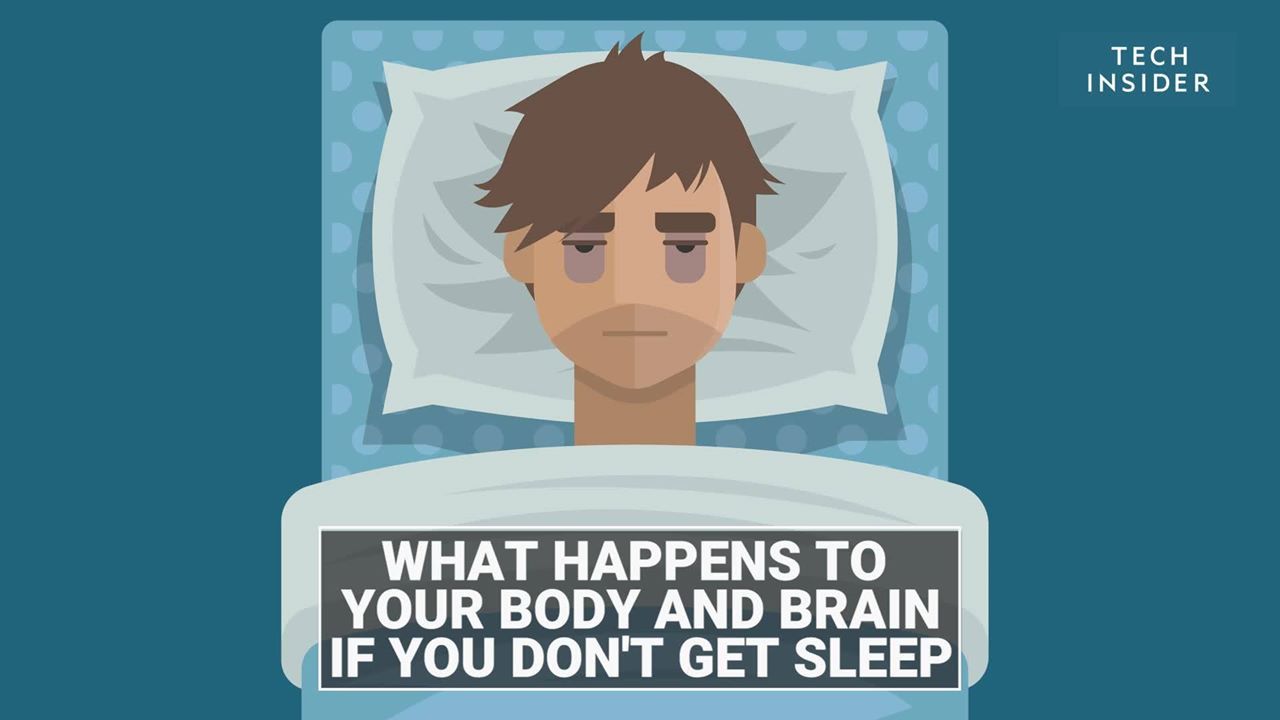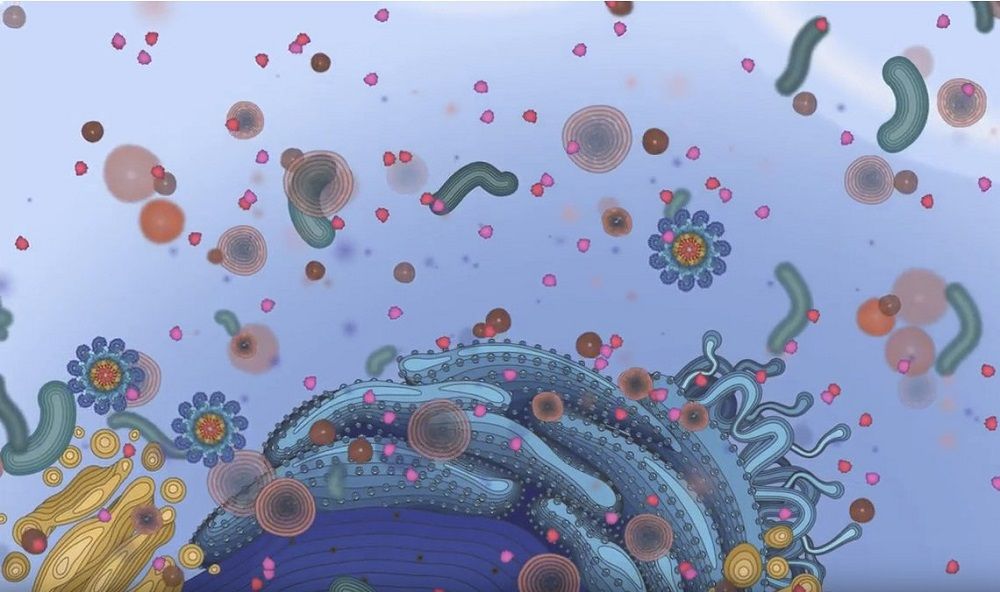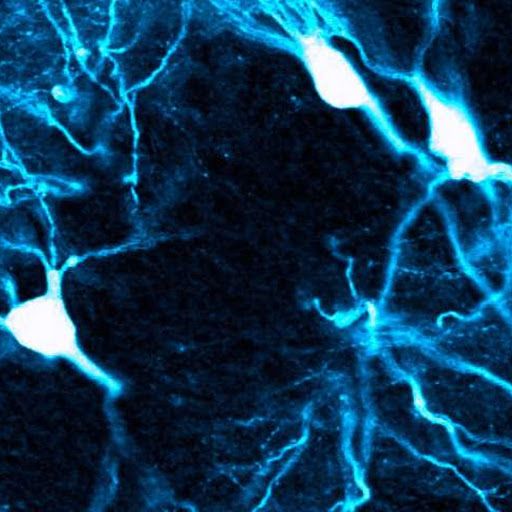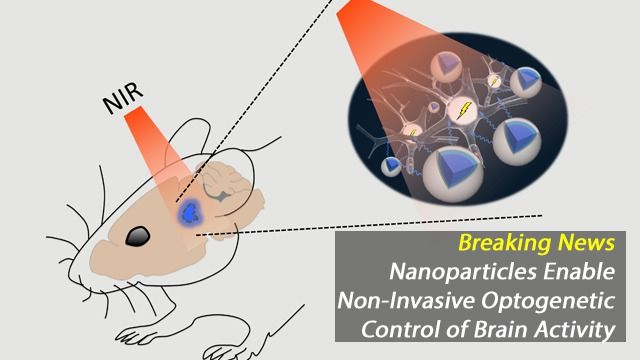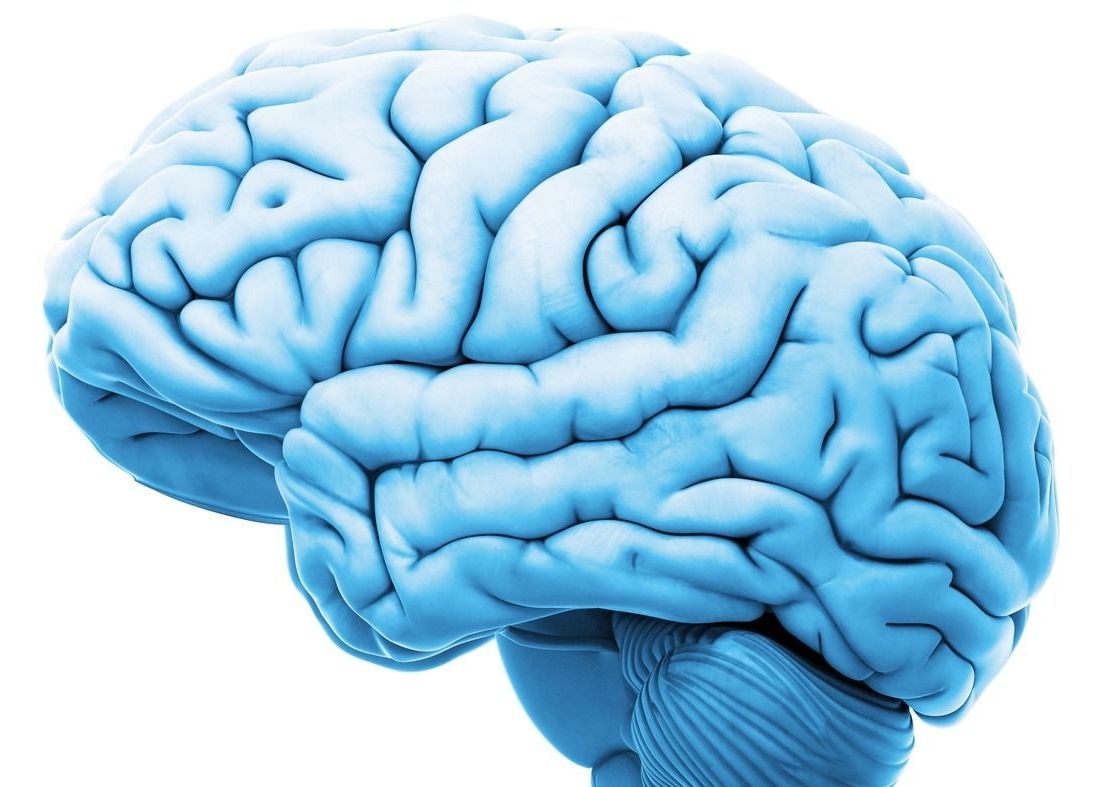Archive for the ‘neuroscience’ category: Page 250
Feb 12, 2018
The effects of sleep deprivation on your brain and body
Posted by Shailesh Prasad in category: neuroscience
Click on photo to start video.
A sleep expert explains what happens to your body and brain if you don’t get sleep.
Feb 12, 2018
Humans Could Soon Become Immortal, But The Cost May Be Horrifying. Would You Do It?
Posted by Derick Lee in categories: life extension, neuroscience, transhumanism
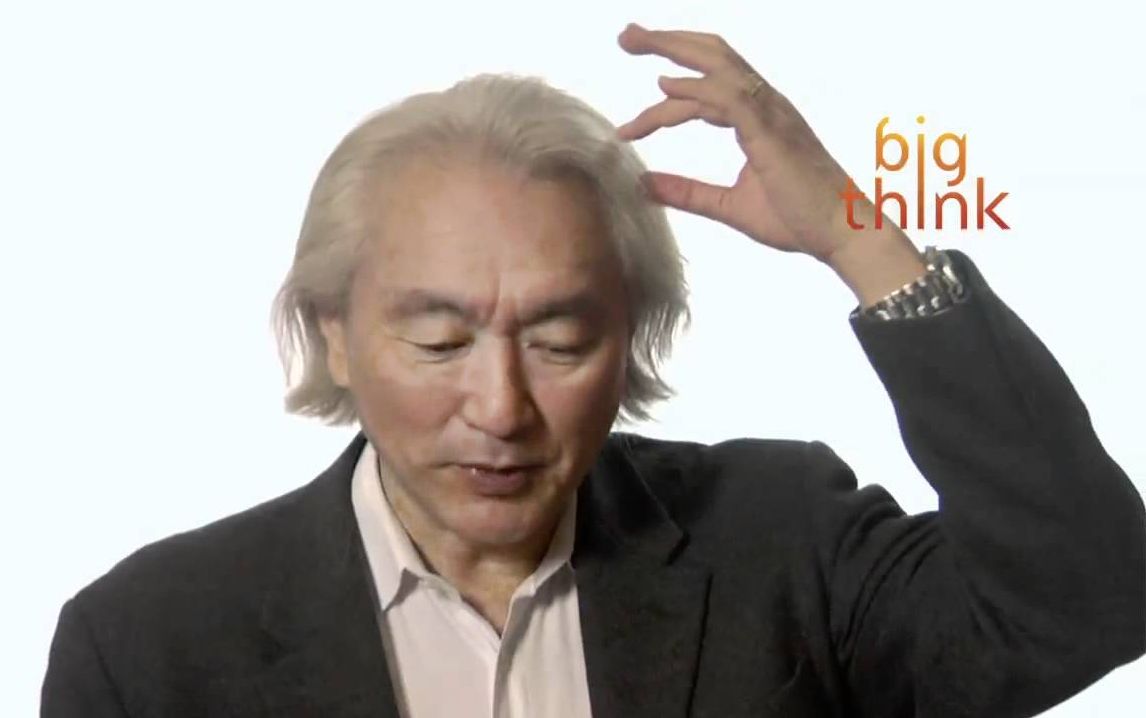
So will we ever be able to do this or is this just a pipe dream? Plenty has been written about the future and what we may be able to do one day, but not much attention gets paid to the hurdles we have yet to overcome. Forget all the techno-babble, philosophy, and transhumanism – how close is this brave new world to our present time?
“Any way you look at it, all the information that a person accumulates in a lifetime is just a drop in a bucket.”
Feb 11, 2018
Researchers discover off-switch to inflammation machine at the root of our chronic diseases
Posted by Brady Hartman in categories: biotech/medical, life extension, neuroscience
Summary: Researchers discover what may be the key to stopping uncontrolled inflammation and the damage it causes in a multitude of chronic diseases. [This article first appeared on the website LongevityFacts.com. Author: Brady Hartman. ]
A discovery by researchers at the University of Queensland (UQ) could be the key to stopping the damage caused by uncontrolled inflammation in a range of chronic diseases including Alzheimer’s and liver disease.
Queensland scientists have uncovered how an inflammation process automatically switches off in healthy cells, and are now investigating ways to stop it when it runs amok. The finding may lead to a way to turn off chronic low-grade inflammation without interfering with the body’s natural defenses against infection.
Feb 11, 2018
Gene therapy researchers find viral barcode to cross the blood-brain barrier
Posted by Genevieve Klien in categories: biotech/medical, neuroscience
This image shows AAV therapy affecting pyramidal neurons in the hippocampus. Credit: Blake Albright, Asokan Lab Gene therapies promise to revolutionize the treatment of many diseases, including neurological diseases such as ALS. But the small viruses that deliver therapeutic genes can have adverse side effects at high doses. UNC School of Medicine researchers have now found a structure on these viruses that makes them better at crossing from the bloodstream into the brain – a key factor for administering gene therapies at lower doses for treating brain and spinal disorders. This structural…
Feb 11, 2018
Space exploration should be an initiative of nations, not just some rich guy
Posted by Genevieve Klien in categories: neuroscience, policy, space travel
Maybe it’s because Robert Lepage is touring The Far Side of the Moon to the Adelaide Festival. Or that a new Star Trek is on TV. Or maybe it’s because I feel like the only person alive who really – really – liked Luc Besson’s Valerian, but space, fantasies of the final frontier, and the real voyages that human beings may yet dare to make into it are very much on my mind. This week saw a number of news items concerning our tentative outreach to the stars that, for all their frustrating revelations, might yet prick the aspiration for space missions back into the popular policy consciousness…
Feb 11, 2018
It’s transhuman life, but not as we know it
Posted by Zoltan Istvan in categories: cyborgs, life extension, media & arts, neuroscience, transhumanism
#Transhumanism in the Sunday Times of London. 750,000 copies out today. My pres campaign in it briefly, as well as other transhumanists.
The new Netflix series Altered Carbon is set in a dystopian future where the super-rich can avail of technology that allows them to upload their consciousness to a new body every time they die, in effect giving them immortality.
It’s science fiction, of the kind previously explored in the novels of Philip K Dick and William Gibson, movies such as RoboCop and The Terminator, manga comics like Ghost in the Shell and even the Man-Machine album by German electronic music pioneers Kraftwerk — but only until it comes to pass.
Continue reading “It’s transhuman life, but not as we know it” »
Feb 10, 2018
‘Altered Carbon’ and TV’s New Wave of Transhumanism
Posted by Derick Lee in categories: food, life extension, neuroscience, transhumanism

But Altered Carbon is only the latest bit of transhumanism to hit TV recently. From Black Mirror’s cookies and Philip K. Dick’s Electric Dreams’ mind-invading telepaths and alien bodysnatchers to Star Trek: Discovery’s surgical espionage and Travelers’ time-jumping consciousness, the classic tropes of body-hopping, body-swapping, and otherwise commandeering has exploded in an era on the brink, one in which longevity technology is accelerating more rapidly than ever, all while most people still trying to survive regular threats to basic corporeal health and safety.
Nobody wants these dumb meat-sack bodies anymore. Now TV is asking if what replaces them will be any better.
Continue reading “‘Altered Carbon’ and TV’s New Wave of Transhumanism” »
Feb 9, 2018
Nanoparticles Enable Non-Invasive Optogenetic Control of Brain Cell Activity With Near-Infrared Light
Posted by Paul Gonçalves in categories: energy, genetics, nanotechnology, neuroscience
You can’t peer very far down into a well or below the surface of the ocean before things go dark—light does not penetrate to such depths. Though the brain is far from bottomless, neuroscientists face the same lack of light when they try to study living deep-brain structures. This is especially frustrating given that optogenetics, a method for manipulating genetically tagged brain cells with light, has exploded in popularity over the past decade. “Optogenetics has been a revolutionary tool for controlling neurons in the lab, and hopefully someday in the clinic,” says Thomas McHugh, research group leader at the RIKEN Brain Science Institute in Japan. “Unfortunately, delivering light within brain tissue requires invasive optical fibers.”
McHugh and colleagues now have a solution for sending light to new depths in the brain. As they report in Science on February 9, upconversion nanoparticles (UCNPs) can act as a conduit for laser light delivered from outside the skull. These nanoparticles absorb near-infrared laser light and in turn emit visible photons to areas that are inaccessible to standard optogenetics. This method was used to turn on neurons in various brain areas as well as silence seizure activity and evoke memory cells. “Nanoparticles effectively extend the reach of our lasers, enabling the ‘remote’ delivery of light and potentially leading to non-invasive therapies,” says McHugh.
In optogenetics, blue-green light is used to turn neurons on or off via light-responsive ion channels. Light at these wavelengths, however, scatters strongly and is at the other end of the spectrum from the near-infrared light that can penetrate deeper into brain tissue. UCNPs composed of elements from the lanthanide family can act as a bridge. Their ‘optogenetic actuation’ turns low-energy near-infrared laser light into blue or green wavelengths for control of specifically labeled cells. Though such bursts of light deliver considerable energy to a small area, temperature increases or cellular damage were not observed.
Feb 9, 2018
Major Psychiatric Disorders Have More In Common Than We Thought, Study Finds
Posted by Genevieve Klien in categories: biotech/medical, genetics, neuroscience
Major psychiatric disorders like autism, schizophrenia and bipolar appear to have more in common than we thought they did. A new study finds that they have important similarities at a molecular level.
And understanding the molecular basis of major disorders such as autism, schizophrenia and bipolar is hopeful, because it could help in developing better treatments for them.
These psychiatric disorders are diagnosed by how a patient behaves. There are no clear signs on a brain “that you can see with your eyes or most microscopic techniques,” says Dan Geschwind, a professor of neurogenetics at UCLA. His team’s findings were published in Science this week.
Continue reading “Major Psychiatric Disorders Have More In Common Than We Thought, Study Finds” »

